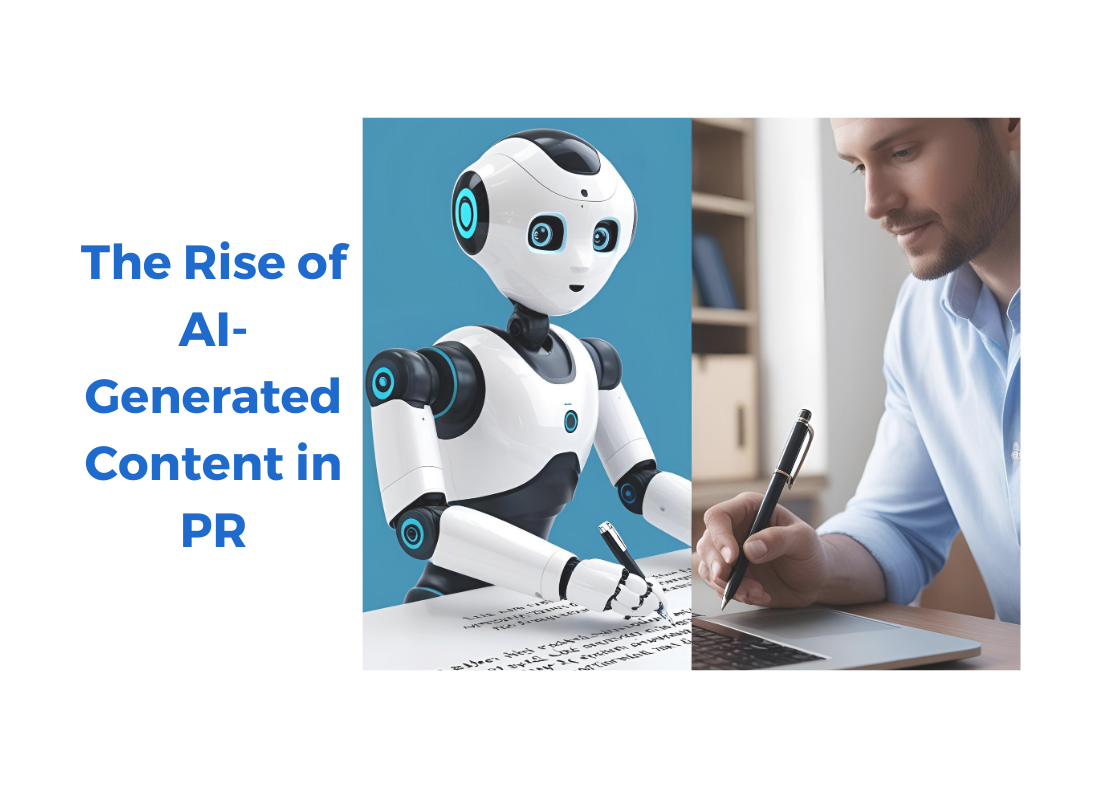Artificial Intelligence is no longer a buzzword. In PR, it’s becoming part of the day-to-day — integrated into everything from media outreach to content creation. Whether we’re comfortable with it or not, AI is changing how we work. But the real question is: are we using it wisely?
Let’s unpack what this means for communicators like us who care deeply about storytelling, trust, and timing.
From Drafting to Distribution
PR teams today are tapping into AI for a wide range of tasks — press releases, social media content, media monitoring, even personalised pitches.
According to a 2024 Muck Rack survey, 64% of PR professionals are now using generative AI tools like ChatGPT and DALL·E in their workflows. Over half of them (58%) use it for research, while 54% are already creating pitches with it. I am sure the numbers are higher now.
And they’re not just experimenting — they’re deploying these tools to make things faster, leaner, and more scalable.
Speed, Scale, and Personalisation
The most obvious benefit? Efficiency. Need 10 headline options for a press release? Done. Want a tailored version of a LinkedIn post for three different audiences? Easy. Want to surface trending media angles before they break? AI can help with that too.
2024 Research from PR Newswire found that 26% of PR pros now use AI for press release writing, with almost half of them using it to craft headlines, and 41% for the body copy. It’s taking on the heavy lifting — freeing up time for strategic thinking.
Authenticity Still Reigns
PR isn’t just about pushing out content. It’s about building trust, shaping perception, and connecting with people. That’s where AI still falls short.
Yes, AI can churn out words. But it doesn’t always grasp tone, context, or the emotional weight behind a message. A generic pitch, no matter how grammatically perfect, won’t land if it feels robotic or off-tone.
And journalists can tell the difference. That’s why final drafts still need human eyes — and more importantly, a human heart.
The Ethical Elephant in the Room
With great power comes… well, a lot of ethical grey areas. According to Content Bloom, AI-generated content raises concerns around Bias (trained on flawed or non-diverse data), Plagiarism (accidentally mimicking copyrighted material), and Transparency (should audiences know it was written by a bot?).
Then there’s the issue of synthetic content — like AI avatars or fake interviews. For instance, Synthesia’s AI-generated avatars were recently misused in political propaganda campaigns, prompting questions about consent, regulation, and reputational risk.
In PR — where credibility is everything — we can’t afford to cut ethical corners.
Real-World Glimpse
Some brands are already walking this line. For instance:
- A few global players use AI to auto-generate crisis responses — not to send out blindly, but as first drafts during high-pressure moments.
- In the Middle East, we’re seeing companies use AI to draft thought leadership or translate press releases across languages — then fine-tune them for cultural relevance.
The key? Balance. Use AI to enhance output, not replace insight.
AI isn’t going to replace PR professionals. But PR professionals who ignore AI will find themselves on the back foot.
The smartest move is to use AI as your co-pilot, not your autopilot.
Tips to Navigate AI:
- Start with low-risk tasks. Use it for drafts, ideation, or repurposing content.
- Don’t publish without editing. Always apply a human filter.
- Set ethical boundaries. Be clear on what you will (and won’t) use AI for.
- Educate your clients. Help them understand what’s real and what’s enhanced.
- Stay curious. AI is evolving — keep experimenting and learning.
AI has officially entered the chat. But in PR, relationships, context, and human storytelling will always be the difference between noise and news.
Use AI. Don’t be used by it.



